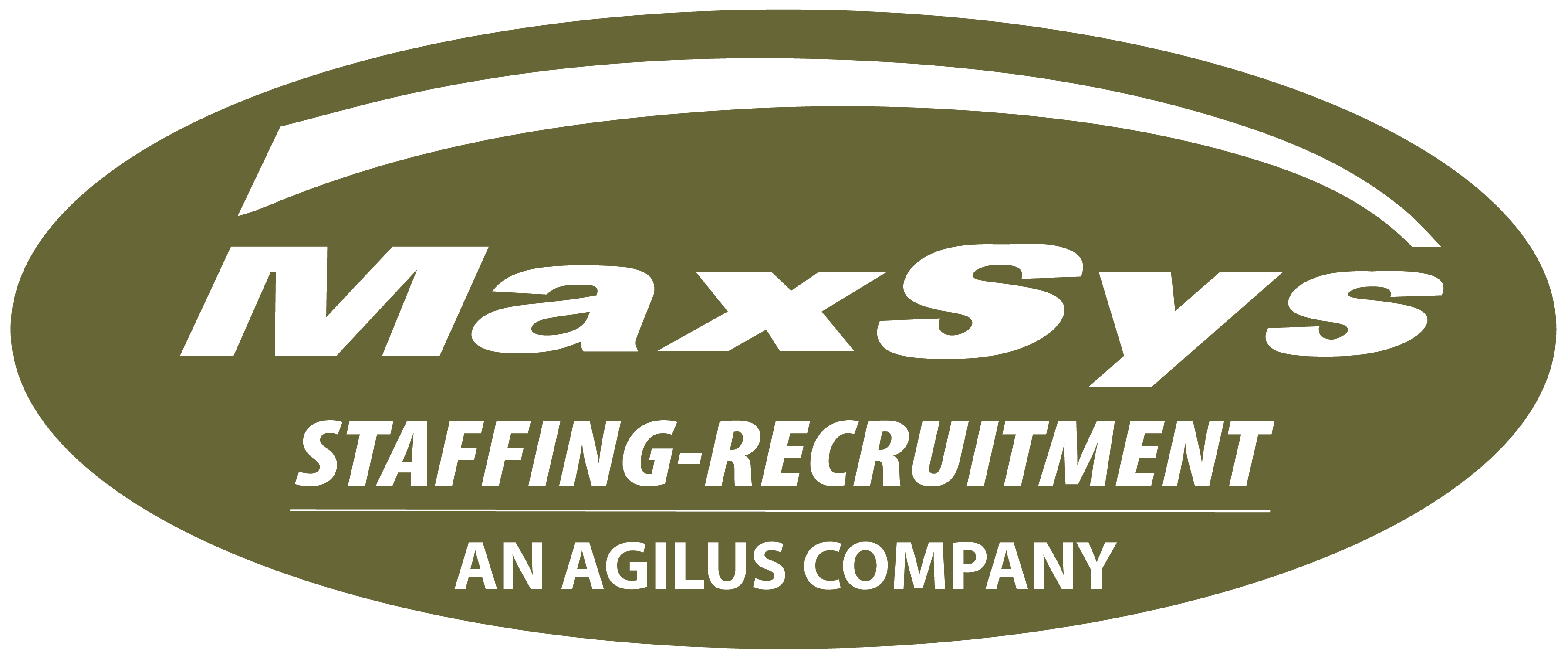March 14, 2022
6 STRATEGIES FOR DEVELOPING LEADERS
Recruiting leaders from outside your business can be expensive, time-consuming and risky. That’s why the ability to develop homegrown talent gives your business a long-term competitive advantage, especially considering Canada’s lack of skilled workers. But employees are too often promoted because of their job skills, not their readiness to lead. Your company’s top engineer might make a disastrous manager. Besides management skills, true leaders are determined, courageous and able to inspire others.
Here are 6 ways to develop leaders in your business:
- Learn to recognize potential
Identify emerging leaders who can step in and fill critical roles when necessary. Push people out of their comfort zone. Difficult or unusual situations are excellent for testing whether someone is leadership material. Look beyond job-related skills to behaviour and attitudes. Learn about their interests, goals and values.
2. Get help finding high-potential employees
Make sure your managers are also on the lookout for the best and brightest in the ranks. Make leaders accountable for developing other leaders.
3. Sell your vision
It’s your role to set and communicate a strategic direction for the business. Discuss your vision and ask for your people’s help in shaping it. This gives employees a shared sense of mission and encourages potential leaders to see a future for themselves in the business.
Keep in mind the “what’s in it for me” element. No matter how happy they are in their job, it’s difficult for employees to reach the business owner’s level of engagement. For example, at MaxSys we gives company shares to key managers. The rationale? To run the business as if they own it, you have to allow them to own a piece of it.
4. Provide opportunities for leadership development
Make leadership development a part of your business strategy. A leadership plan should cover all levels and indicate when an employee should be ready to move to a higher position.
Formal training can help, but isn’t a substitute for experience and on-the-job learning. Challenging assignments or job rotation develop new abilities, deepen the understanding of the organization and improve confidence. Make sure employees have the support and guidance they need to perform in new roles.
5. Monitor. Measure. Reward.
People need to be accountable for their performance, including getting credit for their accomplishments. Put in place an appraisal and incentive system that fairly evaluates performance and rewards excellence. Don’t give up on people too easily. Work together to improve performance. You may find a diamond in the rough.
6. Support through coaching
Coaching is a form of development usually based on one-on-one discussions, providing guidance and advice for specific challenges. Use coaching discussions to help your emerging leaders address their fears and weaknesses. Live what you preach and keep your promises. Be honest and coherent in your interactions with employees.



